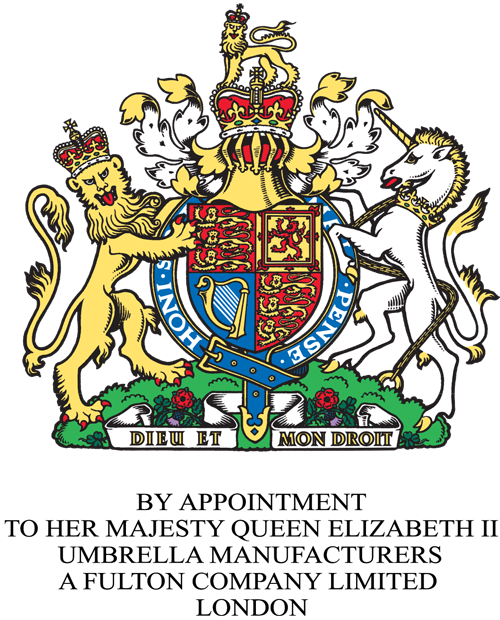We can’t all be kings and queens, yet that doesn’t mean we can’t live like royalty. Royal Warrants are essentially a stamp of approval, giving a business’ products a huge thumbs up direct from the royal family.
As Royal Warrant holders ourselves, we take a look at the history of this prestigious recognition, showing how it has grown into a clear mark of distinction.
The beginning
While the Royal Warrant Holders Association wasn’t established until 1840, businesses have been providing the royal family with products and services as far back as we can remember. For example, in 1155, King Henry II awarded a Royal Charter to the Weavers’ Company following the provision of clothes and castle hangings. Likewise, in 1476, William Caxton became the King’s Printer.
This royal recognition was proudly displayed across businesses, and ever since has become a much sought-after achievement for brands across the nation. So what does it take?
The qualifying criteria
To qualify for a Royal Warrant, businesses must provide goods or services to the royal family on a regular basis. The regulations state that to apply, businesses must supply their products for a minimum of five years out of seven, including the year prior to their application.
Companies will also need to have evidence of an appropriate environmental and sustainability policy in place.
Royal Warrants today
There are approximately 800 Royal Warrants in Britain, although this figure fluctuates on a monthly basis. Some of Britain’s best-loved brands feature, including Barbour, Twinings and of course, Fulton Umbrellas.
We hold our long-standing Royal Warrant to Her Majesty The Queen, and previously Her Majesty The Queen Mother. Through our commitment to quality, craftsmanship and innovation, we aim to continue this in the years to come.
Discover our incredible range of women’s, men’s and children’s umbrellas online today.

